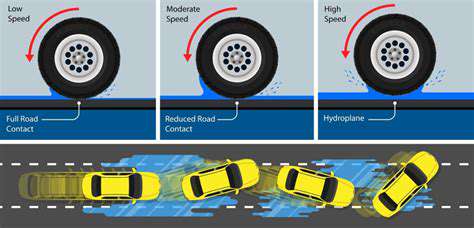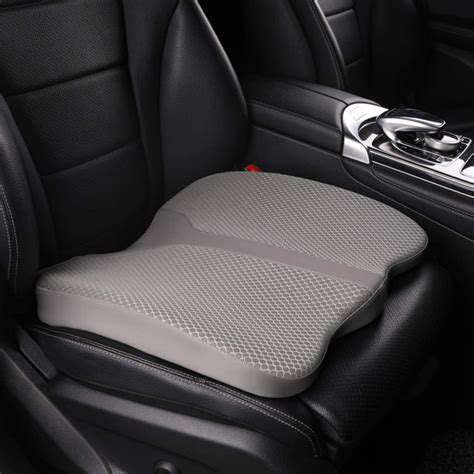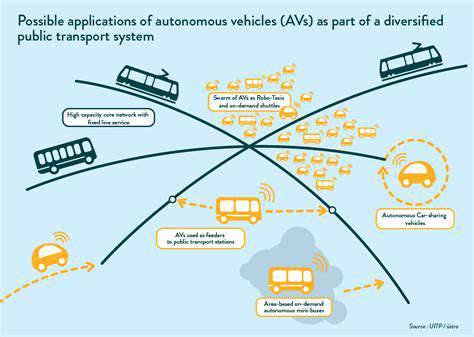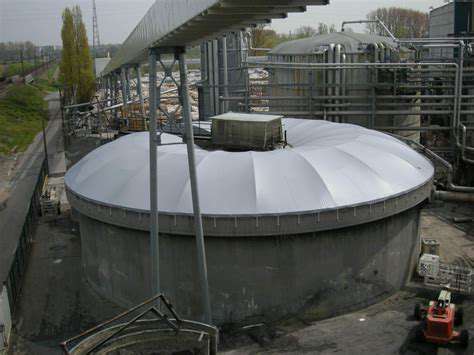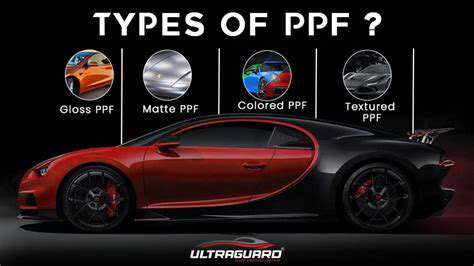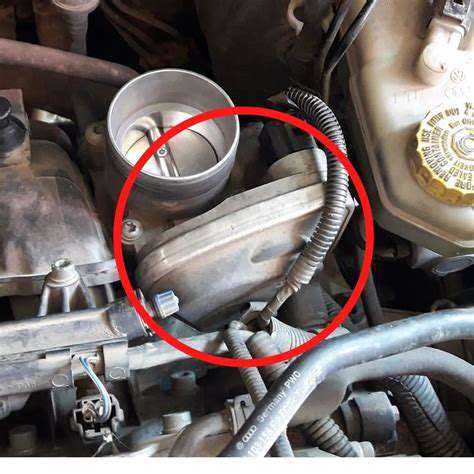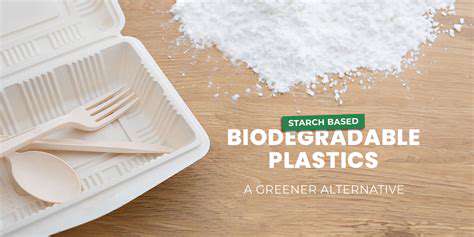
Bio-Based Plastics: An Introduction
Plant-derived polymers represent a revolutionary approach to materials science, utilizing renewable resources instead of finite petroleum reserves. These innovative materials could reduce automotive industry reliance on fossil fuels by up to 40% in certain applications, marking a critical step toward carbon neutrality.
Diverse Material Options
The bio-plastics category encompasses numerous formulations, each with distinct characteristics. Polylactic acid (PLA) works well for non-structural components, while polyhydroxyalkanoates (PHAs) offer superior heat resistance. Material selection requires careful consideration of performance requirements and environmental impact.
Environmental Considerations
While bio-plastics show promise, their ecological benefits vary significantly. PLA production from corn generates 65% fewer greenhouse gases than conventional plastics when using sustainable farming practices. However, irresponsible land use for feedstock cultivation could negate these advantages.
Lifecycle analysis remains essential for evaluating true environmental impact. Proper end-of-life management through industrial composting facilities ensures maximum benefit.
Practical Applications
Automakers currently use bio-plastics for dashboard components, seat cushions, and interior trim. BMW's i3 model demonstrates the potential, featuring 25% bio-based materials in its interior. Packaging applications show particular promise, with some manufacturers achieving 100% bio-based solutions.
Implementation Challenges
Cost differentials remain the primary adoption barrier, with bio-plastics typically 20-50% more expensive than conventional alternatives. Supply chain limitations and inconsistent quality standards further complicate widespread implementation.
Standardized testing protocols would significantly accelerate market acceptance, allowing direct performance comparisons with traditional materials.
Innovation Frontiers
Researchers are exploring novel feedstocks like algae and agricultural waste to improve sustainability. Concurrently, process optimizations aim to reduce production costs by 30% within five years. These advancements could make bio-plastics cost-competitive with petroleum-based options by 2030.
Conclusion
While challenges persist, bio-plastics offer a viable path toward sustainable mobility. Their successful integration requires coordinated efforts across industries, governments, and research institutions. The coming decade will prove decisive in determining whether bio-plastics can fulfill their environmental promise.
Natural Fibers: Embracing Nature's Bounty
Sustainable Interior Solutions
Plant-derived fibers present an attractive alternative for eco-conscious vehicle design. Materials like hemp and flax require minimal processing while offering excellent acoustic and thermal properties. Mercedes-Benz now uses 80% renewable materials in its EQXX concept's interior, demonstrating commercial viability.
End-of-Life Benefits
Unlike synthetic alternatives, natural fibers decompose completely within months under proper conditions. This characteristic significantly reduces landfill burdens - a critical consideration as regulators impose stricter waste management requirements.
When considering full lifecycle impacts, natural fiber composites show 40% lower carbon emissions than glass fiber alternatives, making them increasingly attractive for weight-sensitive applications.
Enhanced User Experience
The tactile qualities of natural materials create premium perceptions among consumers. Wool-based seat fabrics, for instance, naturally regulate temperature and humidity, improving comfort during long drives.
Designers appreciate the unique aesthetic possibilities, with each fiber batch displaying subtle natural variations that mass-produced synthetics cannot replicate.
Performance Characteristics
Through advanced treatments, natural fibers now meet rigorous automotive standards. Flax-reinforced composites demonstrate impact resistance comparable to fiberglass while being 30% lighter. These weight savings directly improve fuel efficiency in combustion vehicles and extend range in EVs.
Sustainable Manufacturing
Leading manufacturers implement closed-loop water systems and plant-based dyes to minimize environmental impact. Some facilities now source materials within 50 miles of production sites, dramatically reducing transportation emissions.
Cost Considerations
While currently 15-20% more expensive than conventional materials, natural fiber prices are becoming competitive at scale. Volkswagen's use of coconut fiber in headliners demonstrates how creative material selection can control costs without compromising sustainability.
Consumer Education
Effective marketing must highlight both environmental and functional benefits. Studies show 72% of consumers underestimate natural fibers' durability, indicating substantial education opportunities. Transparent labeling and sustainability certifications help build buyer confidence.


